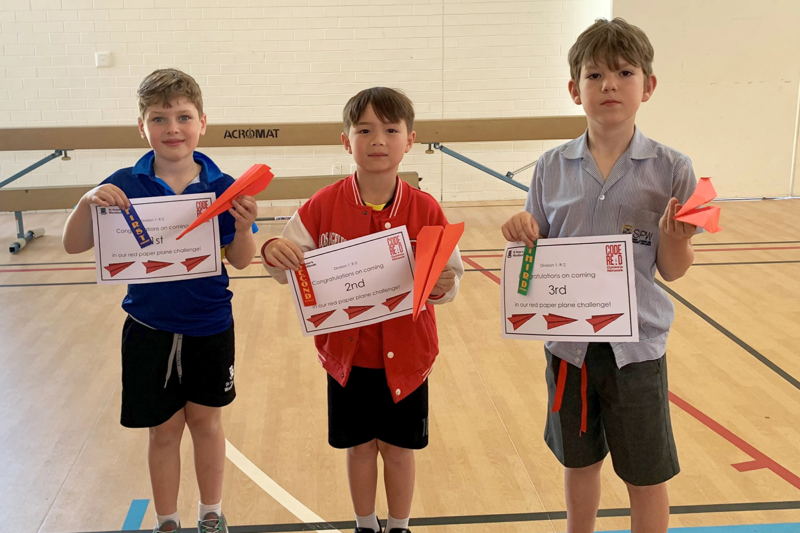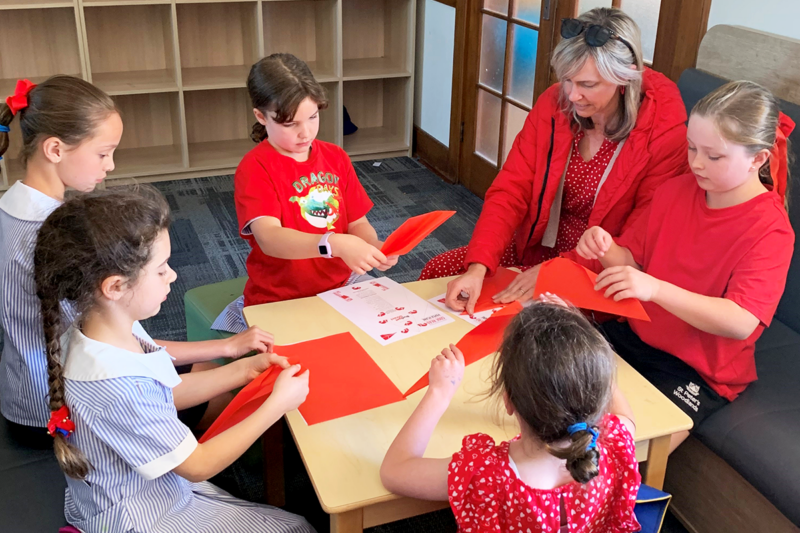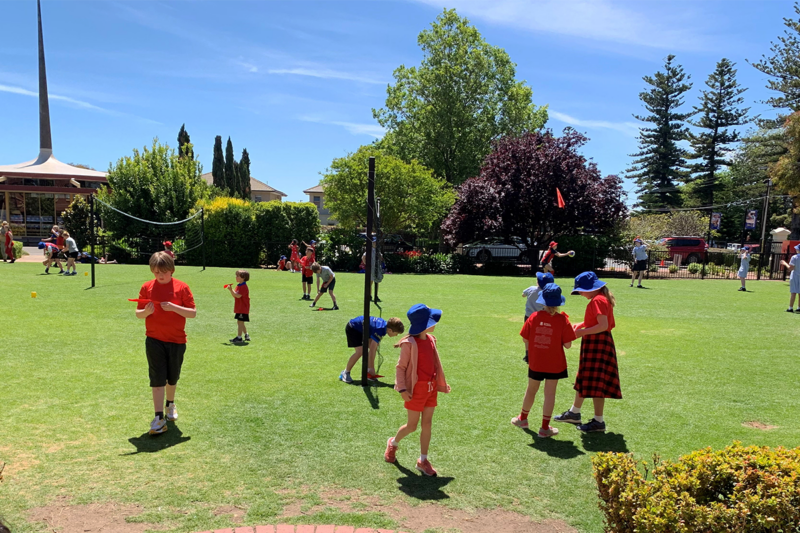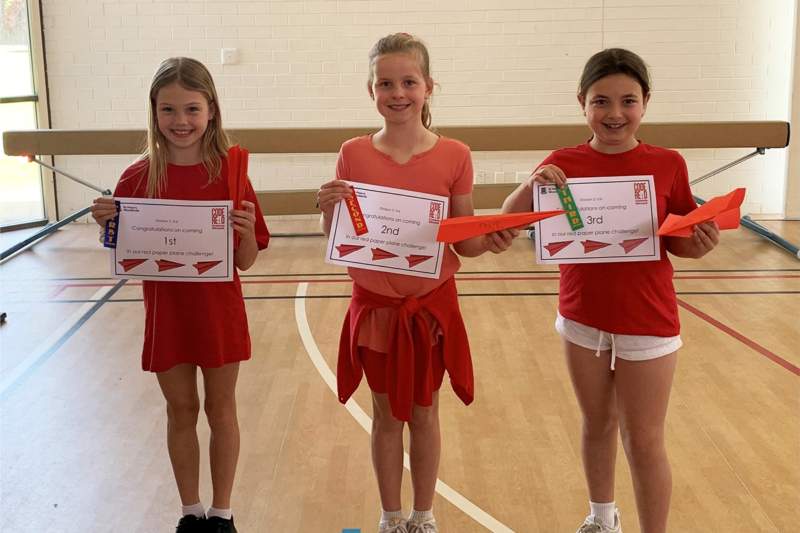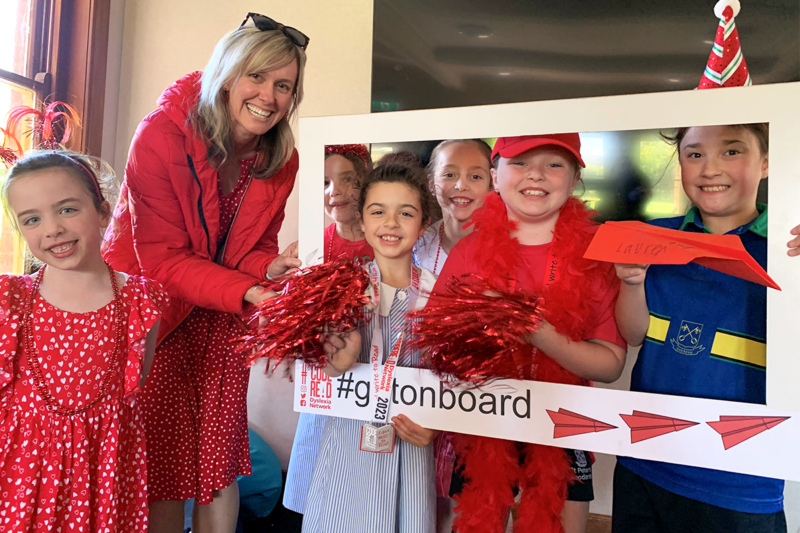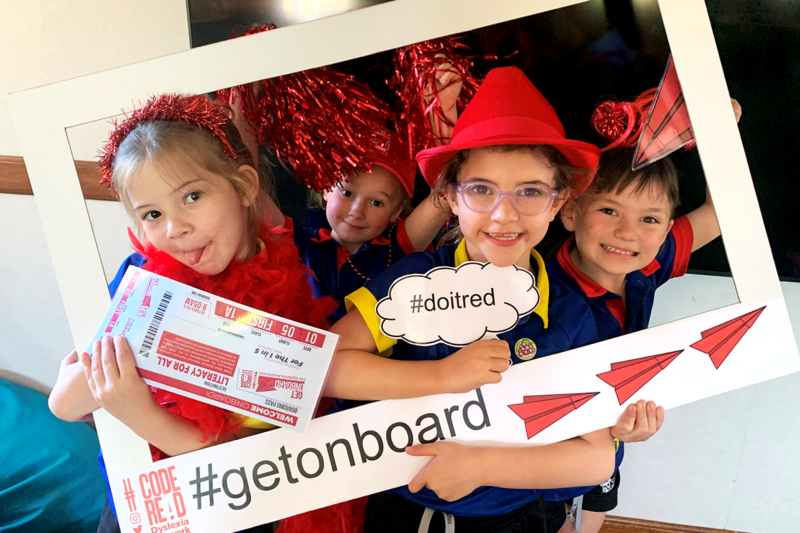October is Dyslexia Awareness Month.
When driving past you may have noticed the banner displayed on Partridge Street. In conjunction with Code Read Dyslexia Network, we have been raising awareness about dyslexia throughout the month of October and celebrating the many gifts and talents that our students with dyslexia possess.
What is dyslexia?
Dyslexia is a learning difference that affects 1 in 5 people.
It primarily affects the skills involved in accurate and fluent word reading and spelling. Characteristic features of dyslexia are difficulties in phonological awareness, verbal memory and verbal processing speed. Dyslexia occurs across a range of intellectual abilities. (Rose Review, 2009)
While students with dyslexia work hard at reading and spelling, there are often many other areas that these students excel in.
How is dyslexia identified?
Early identification is the key to helping our students with dyslexia experience success in life. At St Peter’s Woodlands, we have been implementing the Phonics’ Screen for the past seven years. In addition, whole school progress assessments, and in-depth screening assessments, where required, are used to gather information about students’ progress with learning. This means that we are identifying students who are likely to require additional support with literacy as early as possible. Inclusive Education staff, in conjunction with families and class teachers, develop a plan to support individual students. In the case where the information gathered about a student indicates that dyslexia is likely to be impacting a student’s academic progress, then families are encouraged to seek a formal diagnosis of dyslexia through an Educational and Developmental Psychologist.
Early Intervention
Early intervention is a top priority, and we ensure effective classroom practice to support all students as well as interventions tailored to support students with dyslexia. Students identified as requiring additional literacy support are included in our Tier 2 and 3 programs, including MiniLit, MacqLit, Phonic Books Program, Spelling Through Morphographs and the Playberry Structured Multi-Sensory Literacy Program. The intervention offered is based on each student’s individual needs.
The St Peter’s Woodlands approach to literacy and literacy intervention reflect the Science of Reading. That means that the following components are included in our teaching practice: the use of multi-sensory teaching strategies, a highly structured language approach, and the use of systematic, synthetic phonics.
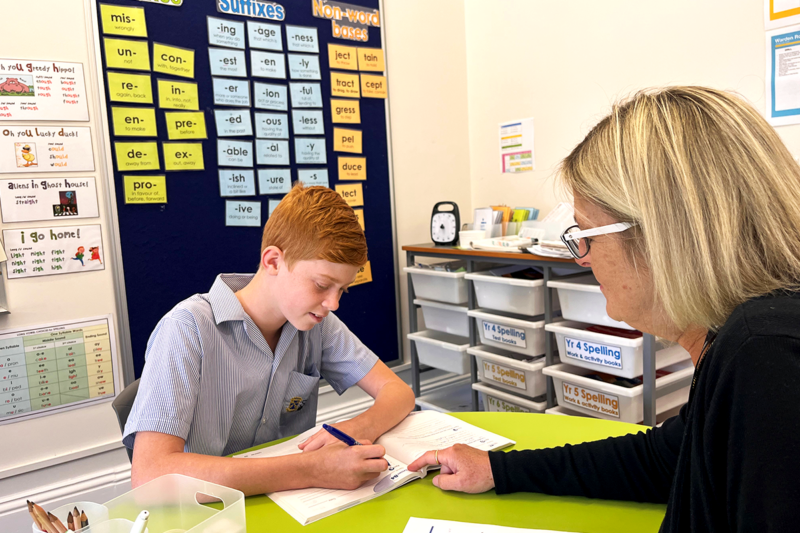
Evidence Based Teaching Practices
Here at St Peter’s Woodlands, we understand the importance of using evidence-based methods for the teaching of reading and spelling in the classroom. Explicit, direct instruction is the best way for students with dyslexia and all students to be taught.
Preschool to Year 2
We use a structured literacy approach to support the teaching of reading and spelling in the early years. Our Preschool to Year 2 students engage in daily Michael Heggerty Phonemic Awareness and Let’s Decode and daily review lessons that explicitly and systematically teach phonological awareness and systematic synthetic phonics. Let’s Decode is supported with home practice resources and our extensive sets of decodable reading material for students so they can develop reading fluency and build their vocabulary and reading comprehension. By providing reading material that all students can access, students develop a positive attitude to reading through experiencing success. How wonderful to be able to offer the opportunity to develop a love of reading to all our students!
Years 3 to 6
In Years 3 to 6, students engage in Read Naturally Live to develop reading fluency and comprehension, and Spelling Mastery to explicitly learn spelling. Spelling Mastery is a direct instruction program that systematically teaches reliable spelling strategies to enable students to spell accurately and with confidence. Spelling Mastery integrates three fundamental approaches to spelling:
- Phonemic Level: Helps students to spell words that are highly regular in terms of sound-symbol correspondence.
- Morphemic Level: Teaches older students to spell a variety of prefixes, suffixes and word bases and provides them with a manageable set of rules for combining these elements.
- Whole Word Level: Helps students to tackle high frequency words that must be learned by memory.
We also provide high interest decodable readers for students in Years 3 to 5 who are still developing their decoding skills and reading fluency. The change in attitude towards reading from students accessing these texts has been remarkable. Students are able to decode and lift the text off the page as well as attend to other reading skills such as fluency, vocabulary and comprehension.
For our upper primary students, using assistive technologies (e.g. Bluetooth keyboards and iPads) as well as learning how to use a range of apps (e.g. talk-to-text, apps that read text aloud) can provide the bridge they need to succeed. For students with dyslexia, we work hard to remove barriers to learning.
The Writing Revolution
In 2023, the implementation of The Writing Revolution sentence level strategies alongside the explicit teaching of syntax from Reception to Year 6 has given students the scaffolding, structure, and confidence to write well. The content of the curriculum has driven the rigor of the writing activities, so students have been acquiring knowledge within their Units of Inquiry, while also learning and practicing sentence and paragraph level writing in a structured and supported way.
The strategies used for teaching students with dyslexia benefit all students. All students need good first teaching that is based on the scientific research of how our brains learn to read and spell, with adequate repetition and practice to reach mastery.
All our students identified with dyslexia have an Individual Learning Plan (ILP) that documents the adjustments and strategies needed for success in the classroom. This is reviewed by teachers and Inclusive Education and shared with parents twice a year. This document can also support our students who are transitioning to high school as it outlines how each student learns best.
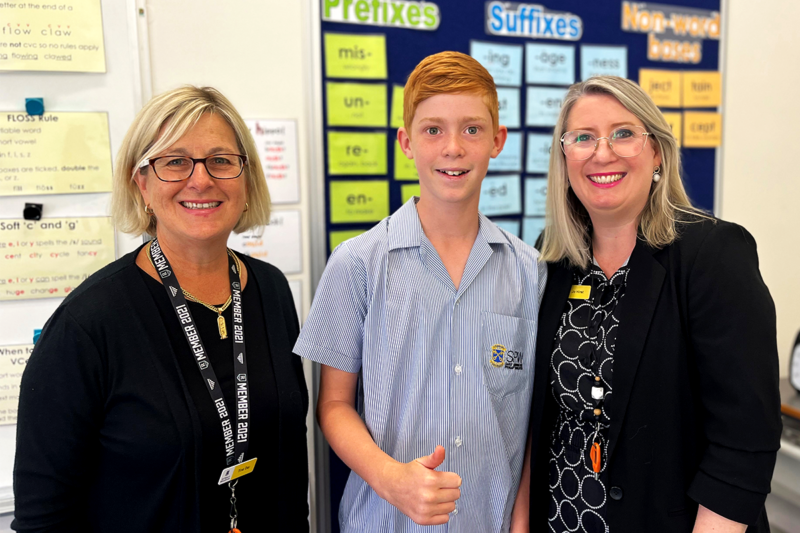
Dyslexic Strengths
It is important to also highlight the remarkable strengths that many of our students with dyslexia have. We have students with physical strengths that excel in sports, students who have incredible mental strengths and show persistence, overcome obstacles and are big picture thinkers. We have students who are amazing story tellers with incredible vocabularies and imagination. Some of our students have an incredible understanding of mechanics, electronics and computers and are highly inquisitive. Within the arts we have students who see the world in incredible detail, have a heightened appreciation of colour and form. Many of our students have an excellent memory for rhythm, beat and tone, as well as specific areas of interest. Students with dyslexia are often strong communicators, quick-witted and funny, caring, intuitive and switched on. It goes without saying that these students have a very bright future ahead when we focus on ability rather than disability.
Dyslexia Month Activities
During the month of October, students had the opportunity to be involved a range of activities designed to raise awareness of and celebrate the hard work and strengths of students with dyslexia in our school community. Activities included our annual paper plane challenge, being creative and taking a selfie in our photo booth and dressing up for ‘Wear It Red for Dyslexia’. Our staff were treated to a red-themed morning tea in recognition of all the amazing work they do in supporting our students with dyslexia.
As a school we are proud of the evidence-based teaching practices and programs we use in literacy, and we will continue to change and refine our practices based on the best research we have at hand to provide a learning environment where all students can learn and thrive.
This year we are shining a light on one of our students with dyslexia, Archie, and his journey. We spent some time interviewing Archie to find out more about what dyslexia means for him.
Here at SPW we advocate and support the 1 in 5. With the right teaching strategies, and a great support team at home and at school, these student’s shine!
If you would like to find out more about dyslexia and get involved visit Code Read Dyslexia Network https://codereadnetwork.org/
